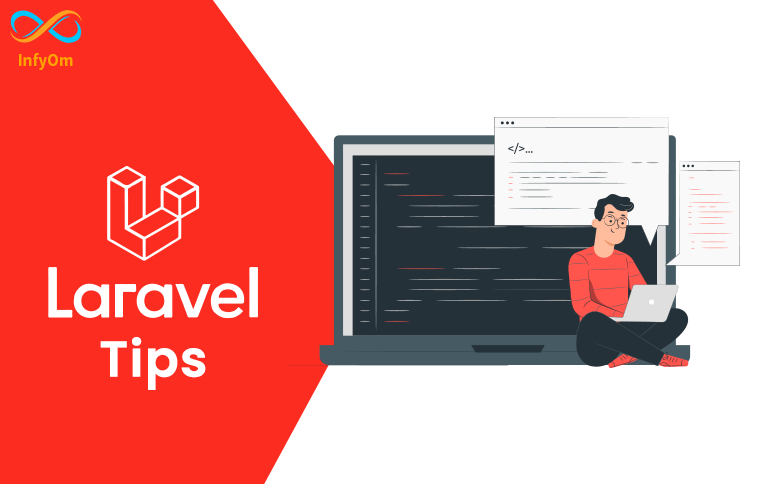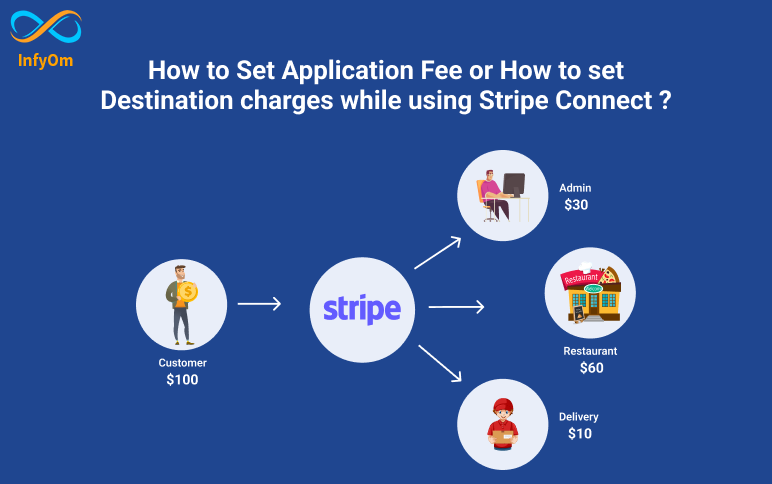1) Null safe operator
From PHP 8 you can use Null Safe Operator
How we are doing null checking code in PHP < 8.0
$country = null;
if ($session !== null) {
$user = $session->user;
if ($user !== null) {
$address = $user->getAddress();
if ($address !== null) {
$country = $address->country;
}
}
}
PHP 8 allows you to write this:
$country = $session?->user?->getAddress()?->country;
2) Ternary condition
We have used this ternary condition for checking null value
isset($user->image) ? $user->image : null
We can short above condition like this
$user->image ?? null
3) Clone a model
You can clone a model using replicate(). It will create a copy of the model into a new, non-existing instance.
$user = App\User::find(1);
$newUser = $user->replicate();
$newUser->save();
4) Default Relationship Models
Laravel provides a handy withDefault() method on the belongsTo relationship that will return a model object even when the relationship doesn’t actually exist.
class Post extends Model
{
public function user()
{
return $this->belongsTo(User::class)->withDefault();
}
}
Now, if we try to access the $post->user relationship, we’ll still get a User object even when it does exist in the database. This is known as the “null object” pattern and helps eliminate some of those if ($post->user) conditional statements.
For more information read Laravel withDefault() doc.
5) Save models and relationships
You can save a model and its corresponding relationships using the push() method.
class User extends Model
{
public function phone()
{
return $this->hasOne('App\Phone');
}
}
$user = User::first();
$user->name = "Peter";
$user->phone->number = '1234567890';
$user->push(); // This will update both user and phone record in DB
Hope it will be helpful.
Thanks



